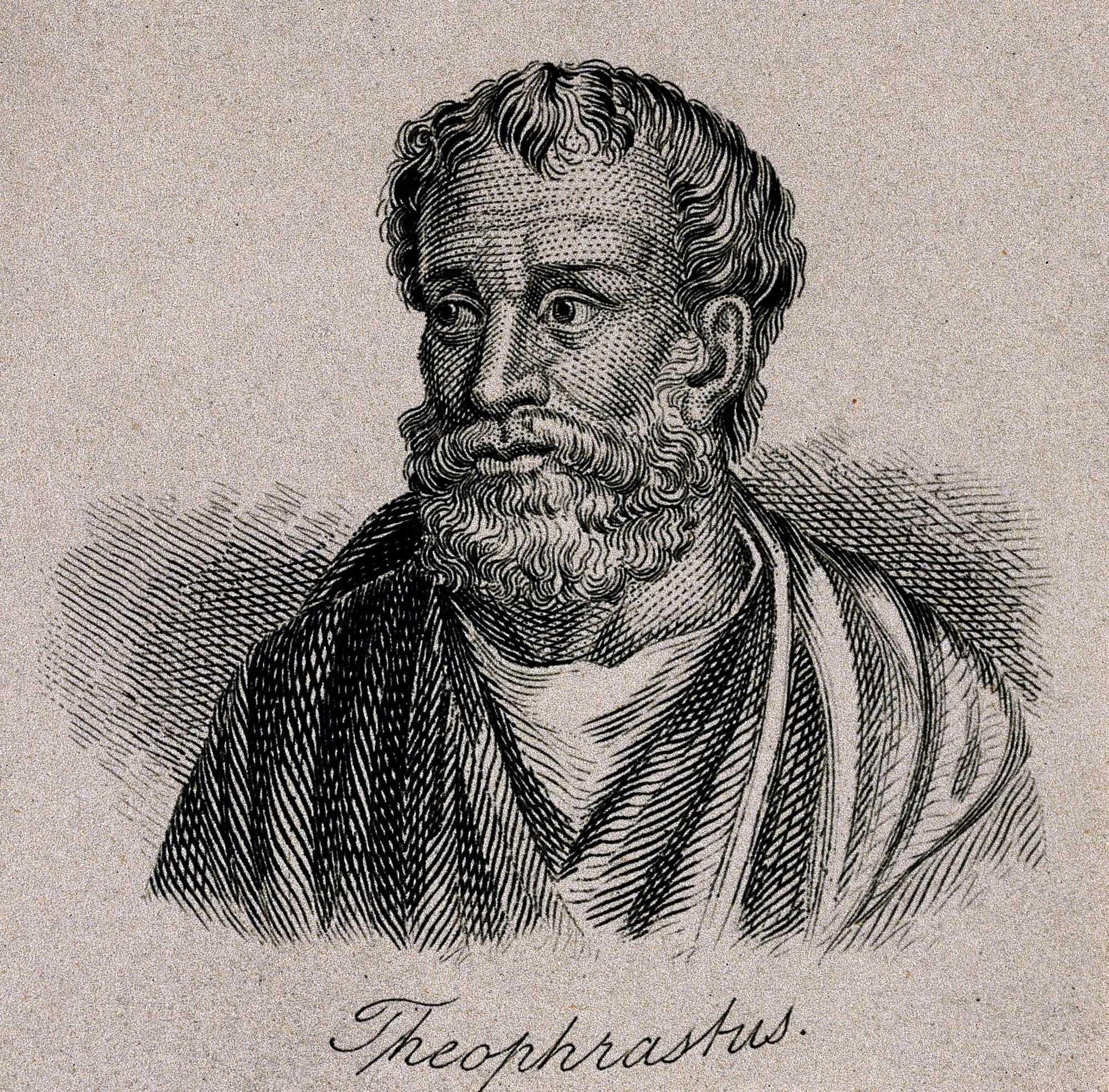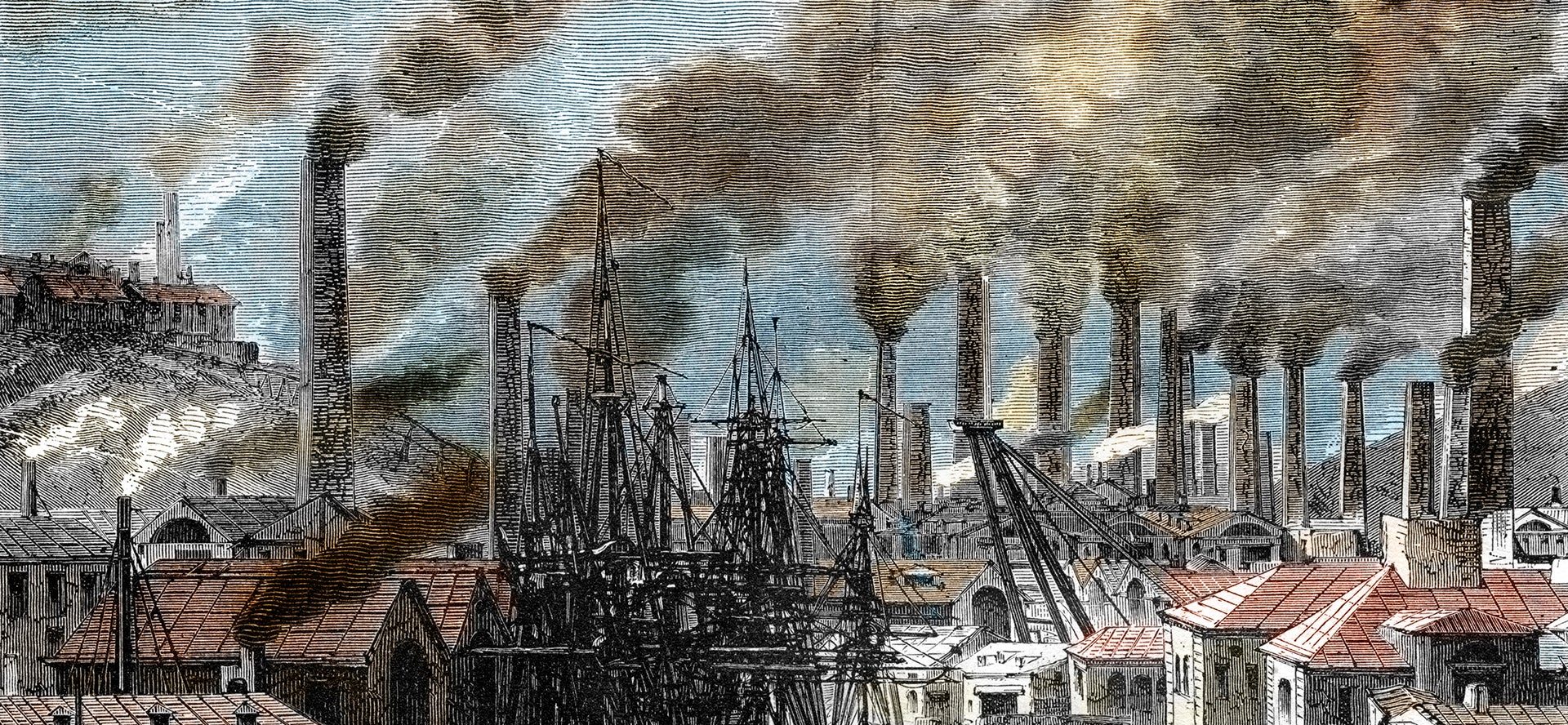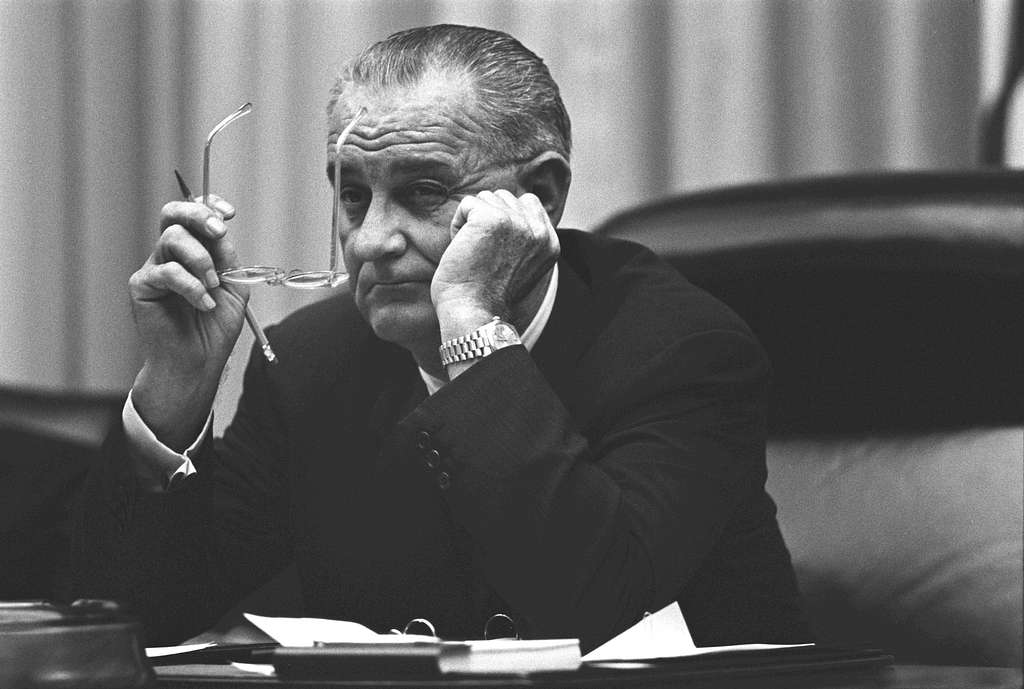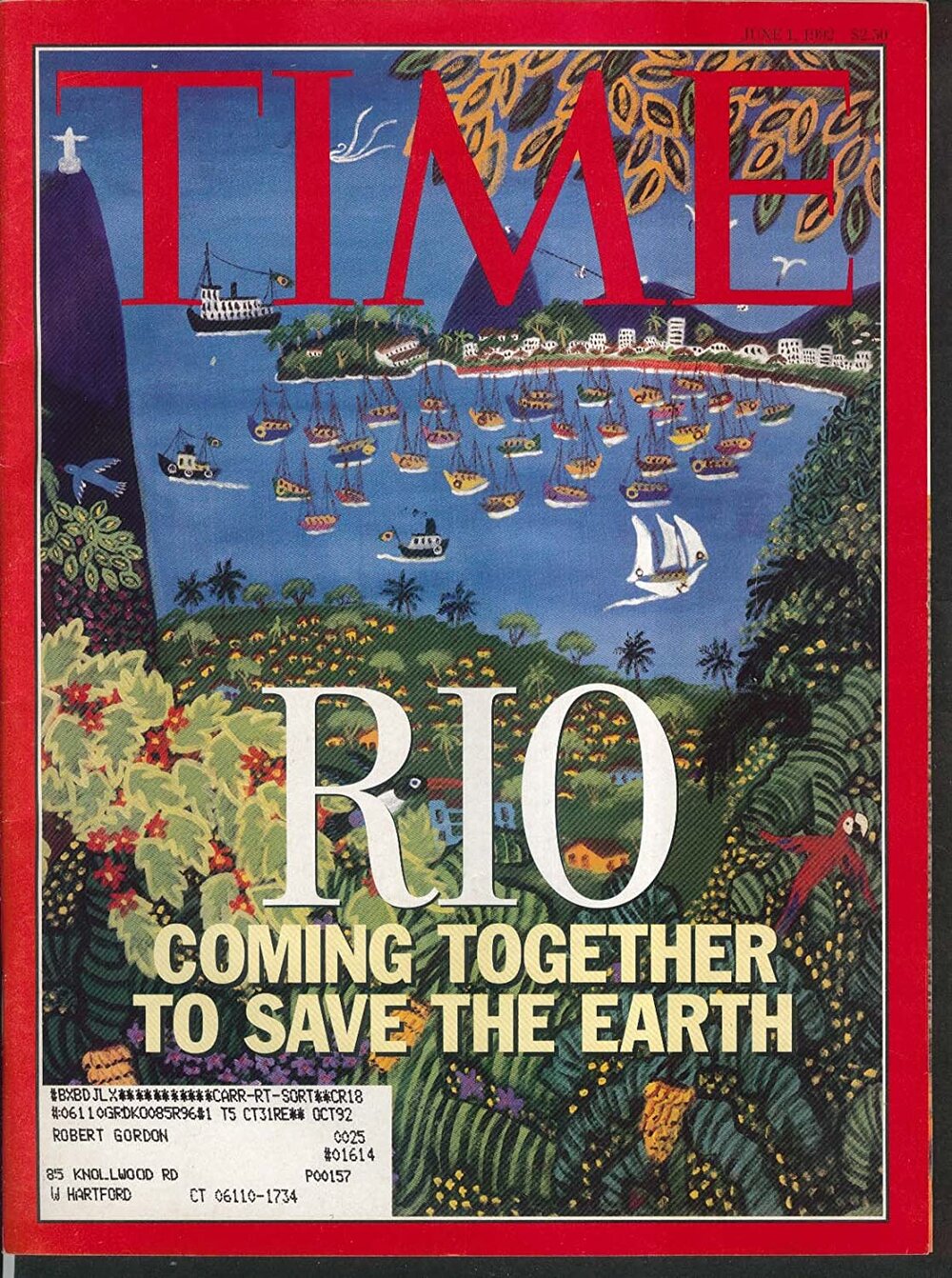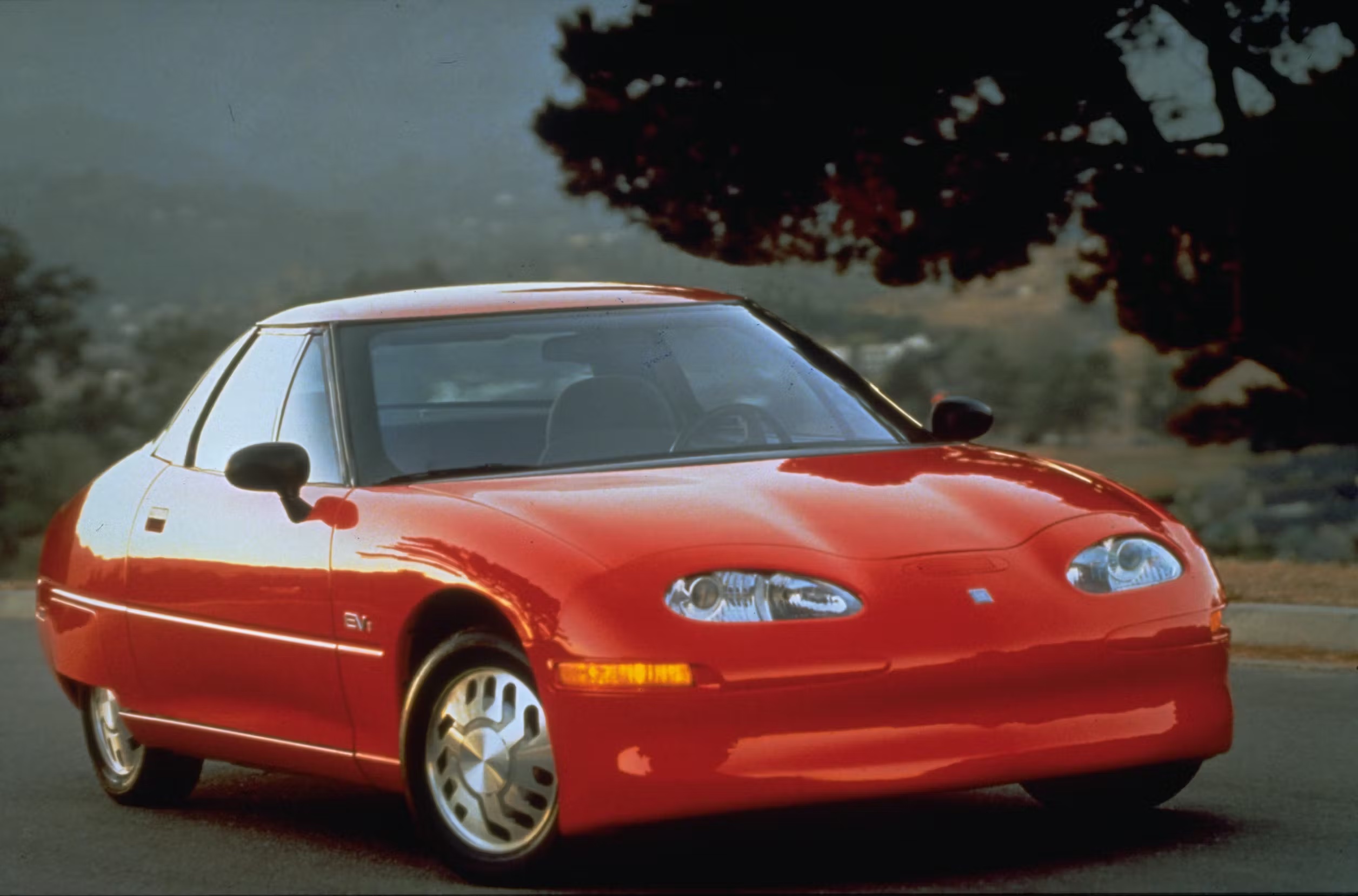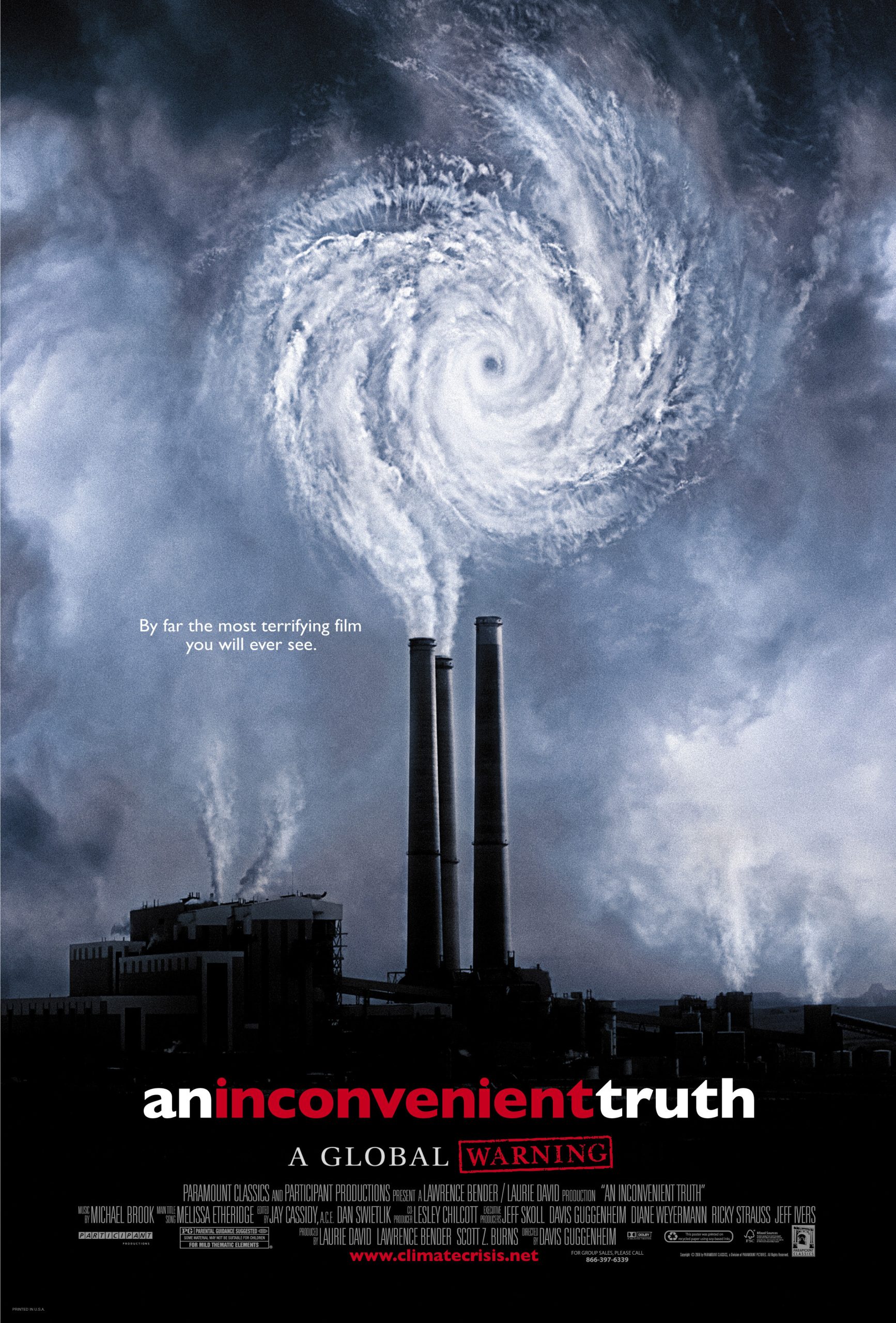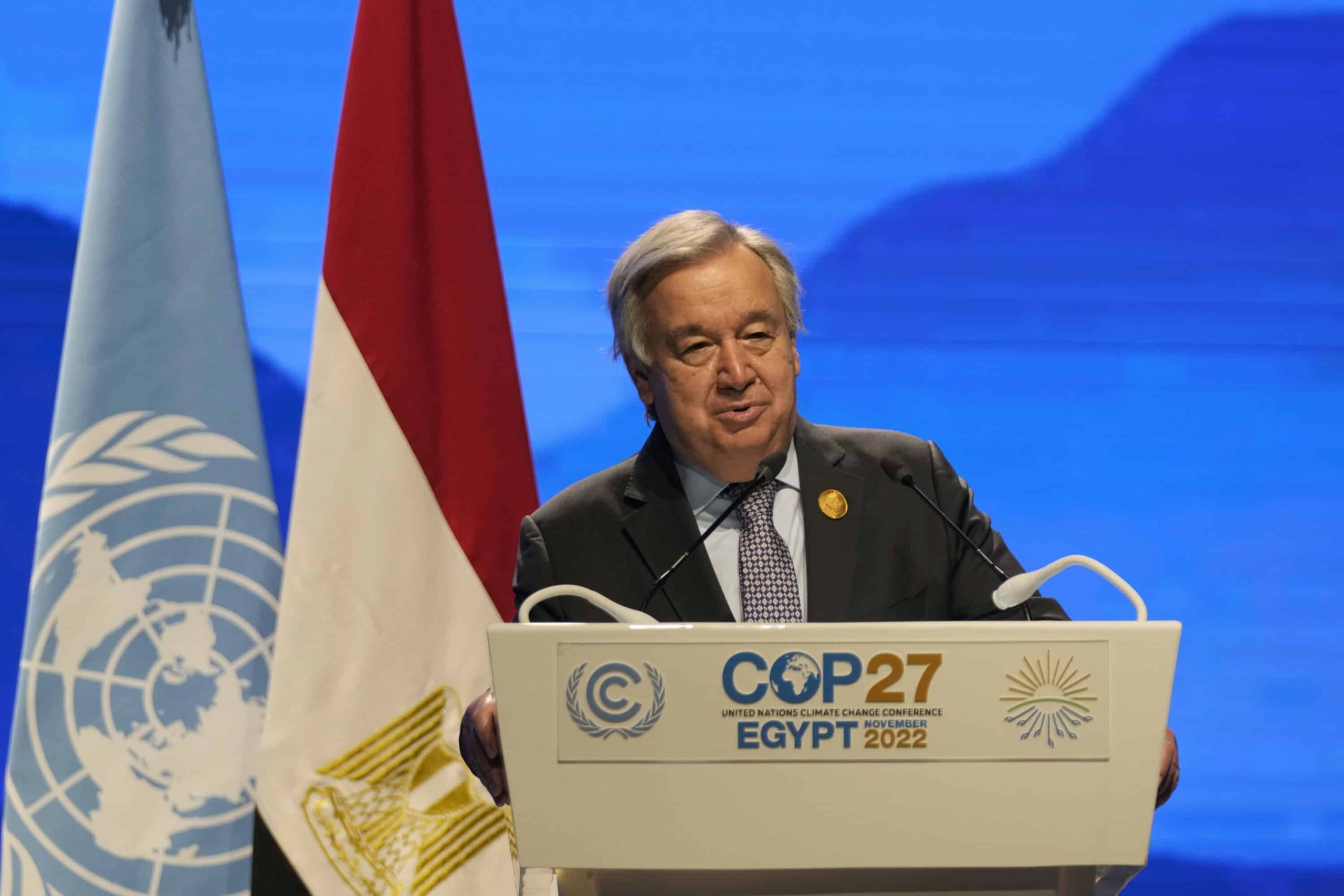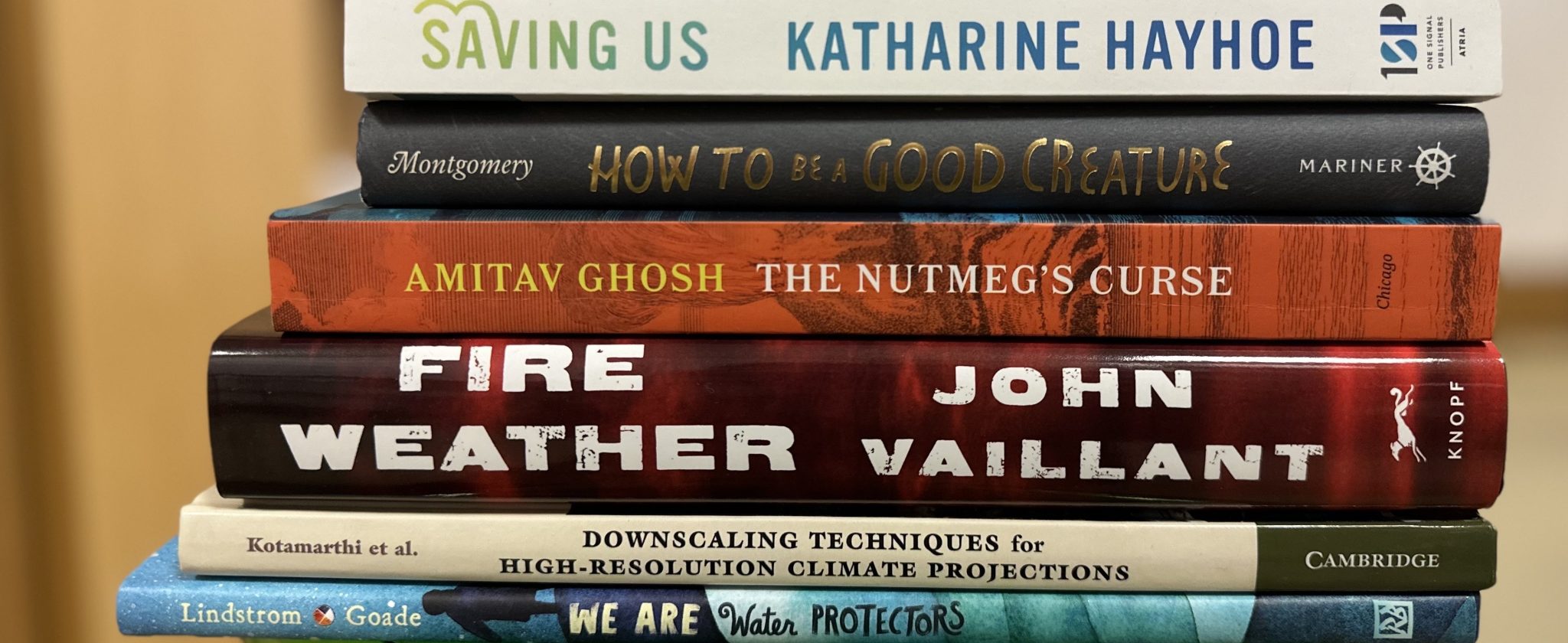
If the Sky Were Orange: Art in the Time of Climate Change
Further Reading & Educational Resources
Special Programs
Blanton Live: Conversations for Now
2pm, Sunday, October 29, 2023
Author and guest curator Jeff Goodell moderated a discussion on climate change with scientist, Katharine Hayhoe and writer/filmmaker, Julian Brave NoiseCat, both contributors to If the Sky Were Orange: Art in the Time of Climate Change.
Art with an Expert: Sandra Sawatzky
3pm, Saturday, October 14, 2023
Canadian textile artist Sandra M. Sawatzky took part in a conversation with Claire Howard, Blanton Associate Curator of Collections and Exhibitions. Sawatzky’s monumental Black Gold Tapestry, which depicts the global history of oil, is on view in If the Sky Were Orange: Art in the Time of Climate Change.
Part of our Second Saturday scheduled programming.
Further Reading
The Story of Energy in Texas – Michael E. Webber
Texas is a land of contrasts: by far the largest producer and consumer of dirty energy in the United States, yet also the largest producer of wind and solar power in the nation. We are the nation’s largest emitter of greenhouse gas emissions — eager to turn a blind eye to environmental impacts such as methane flaring, venting and fugitive emissions from oil and gas production. Yet we are the world’s pioneer of carbon sequestration and a global leader for producing clean fuels such as hydrogen. Texas operates at a global scale: the world’s 3rd largest natural gas producer behind the United States as a whole and Russia, and the world’s 6th largest wind power. Texas’s greenhouse gas emissions are on par with advanced, large economies like Germany, Canada, and South Korea.
While Texas political leaders openly dismiss and mock the risks of climate change and they act suspicious of action by policymakers in other states or countries who seek to decarbonize their economies, Texas industry, consumers and cities are decarbonizing and doing so faster than those same countries that they mock. How is it possible Texas can be so many things at once?
That’s the story of energy in Texas. It has been a 150 year-old dance with nature that has changed as new technologies are deployed, new consumer appliances are developed, and new societal expectations change.
The thread through Texas’s relationship with energy comes from a desire to make money from the land, to turn a hardscrabble and often barren environment into profits, and to pursue a better life. This is true whether harvesting wind with those old metal fan-like aeromotors that were used to pump water for crops and animals, or extracting oil with industrious pumpjacks, or converting the sun’s photons to electrons for the modern grid with glistening fields of shiny paneled glass.
Texas’ famous can-do spirit and pioneering attitude, together with an abundance of resources, turned this state into a global powerhouse for oil and gas extraction. We became famous for piping, refining, and consuming, for converting raw materials such as wispy gases and black tar-like petroleum from the earth into life-saving plastics, fertilizers, and medicines. We fulfilled the dreams of medieval alchemists who sought to convert worthless items like hair, straw, and lead into precious metals or other valuables. Today’s energy industry converts crude oil, which is worth less per pound than lead, into pharmaceuticals and perfumes that are worth more per ounce than gold. That same ability to make magical transformations is leading the next charge in energy: turning air and sunshine into electricity, converting water into hydrogen, and taking CO2 out of the atmosphere and sequestering it below ground.
Texas’ story of energy got us into this climate change mess. It also made us rich in the process and improved humanity. Our next chapter will get us out of this mess, help us build a better world and enrich us again.

Dr. Michael Webber holds the Josey Centennial Professorship in Energy Resources in the Department of Mechanical Engineering at The University of Texas at Austin and is the author of Power Trip: The Story of Energy.
Climate Change Timeline
“We have understood the basic science of climate change for a very long time. What we are now discovering is how urgent it is to address the climate crisis and use it as an opportunity to build a better, safer, more just world.”
Jeff Goodell
PUBLICATIONS
Many of these publications are available for purchase from our Museum Store and at most major retailers / bookstores. A selection of these books will also be available to read in the exhibition resource area, located on the mezzanine of the museum.
AMITAV GHOSH
The Great Derangement: Fiction, History, and Politics in the Age of Global Warming, University of Chicago Press, 2016
The Nutmeg’s Curse: Parables for a Planet in Crisis, University of Chicago Press, 2022
JEFF GOODELL
The Water Will Come: Rising Seas, Sinking Cities, and the Remaking of the Civilized World, Little, Brown and Company, 2017
The Heat Will Kill You First: Life and Death on a Scorched Planet, Little, Brown and Company, 2023
KATHARINE HAYHOE
Saving Us: A Climate Scientist’s Case for Hope and Healing in a Divided World, Atria/One Signal Publishers, 2021
Downscaling Techniques for High-Resolution Climate Projections: From Global Change to Local Impacts, Cambridge University Press, 2021
ELIZABETH KOLBERT
The Sixth Extinction: An Unnatural History, Picador, 2015 (Paperback)
Under a White Sky: The Nature of the Future, Crown, 2022
SY MONTGOMERY
The Soul of an Octopus: A Surprising Exploration into the Wonder of Consciousness, Atria Books, 2016 (paperback)
How to Be a Good Creature, Mariner Books, 2018
Of Time and Turtles: Mending the World, Shell by Shattered Shell, Mariner Books, 2023
[Available Sept 19, 2023]
OLUFEMI TAIWO
Reconsidering Reparations, Oxford University Press, USA, 2022
JOHN VAILLANT
The Golden Spruce: A True Story of Myth, Madness, and Greed, W.W. Norton & Company, 2006
Fire Weather: A True Story from a Hotter World, Knopf, 2023
MICHAEL WEBBER
Power Trip: The Story of Energy, Basic Books, 2019
Thirst for Power: Energy, Water, and Human Survival, Yale University Press, 2018
AMY WESTERVELT
Essays for All We Can Save: Truth, Courage, and Solutions for the Climate Crisis, ed. Ayana Elizabeth Johnson and Katharine K. Wilkinson, Penguin Random House, 2021
For Younger Readers
JOANNA COLE
The Magic School Bus and the Climate Challenge, Scholastic Inc., 2014
CAROLE LINDSTROM
We Are Water Protectors, Roaring Brook Press, 2020
DAVID MILES
Climate Change, the Choice Is Ours: The Facts, Our Future, and Why There’s Hope!, Bushel & Peck Books, 2020
SY MONTGOMERY
Becoming a Good Creature, Clarion Books, 2020
EDDIE REYNOLDS
Understanding Climate Crisis, Usborne, 2019
UT Faculty & University Educator Support
If you would like to explore ways to engage student audiences through this exhibition, our Education team are available to discuss class preparation and other learning opportunities.
Ray Williams, Director of Education and Academic Affairs
ray.williams@blantonmuseum.org
Siobhán McCusker, Museum Education, University Audiences
siobhan.mccusker@blantonmuseum.org


